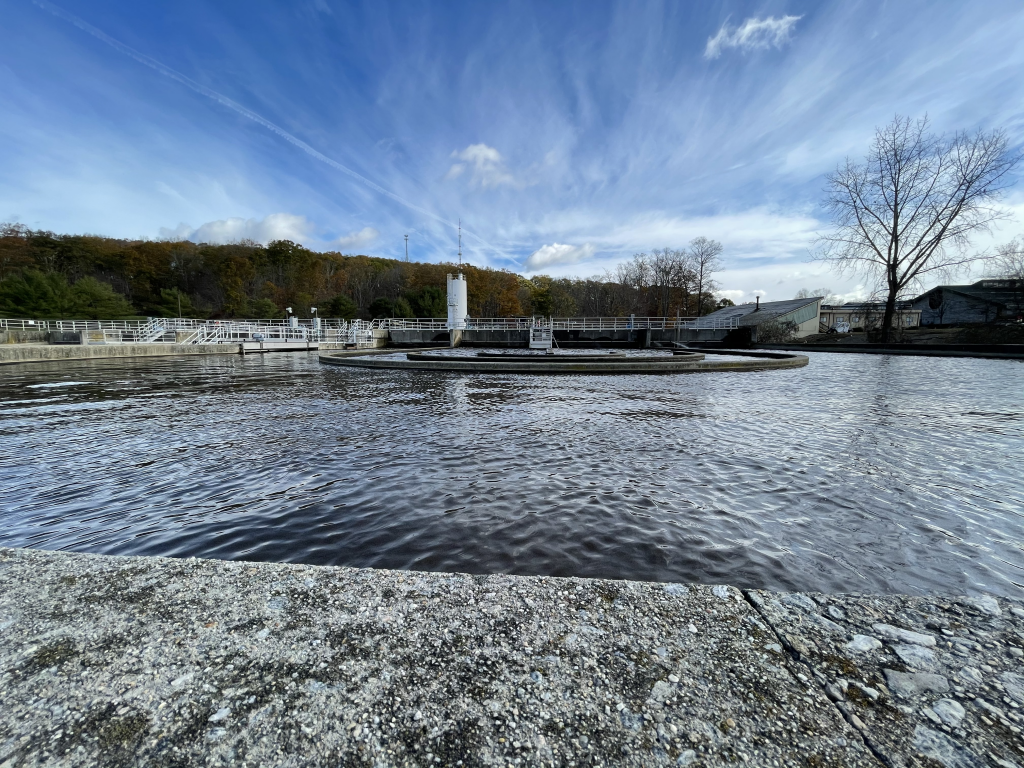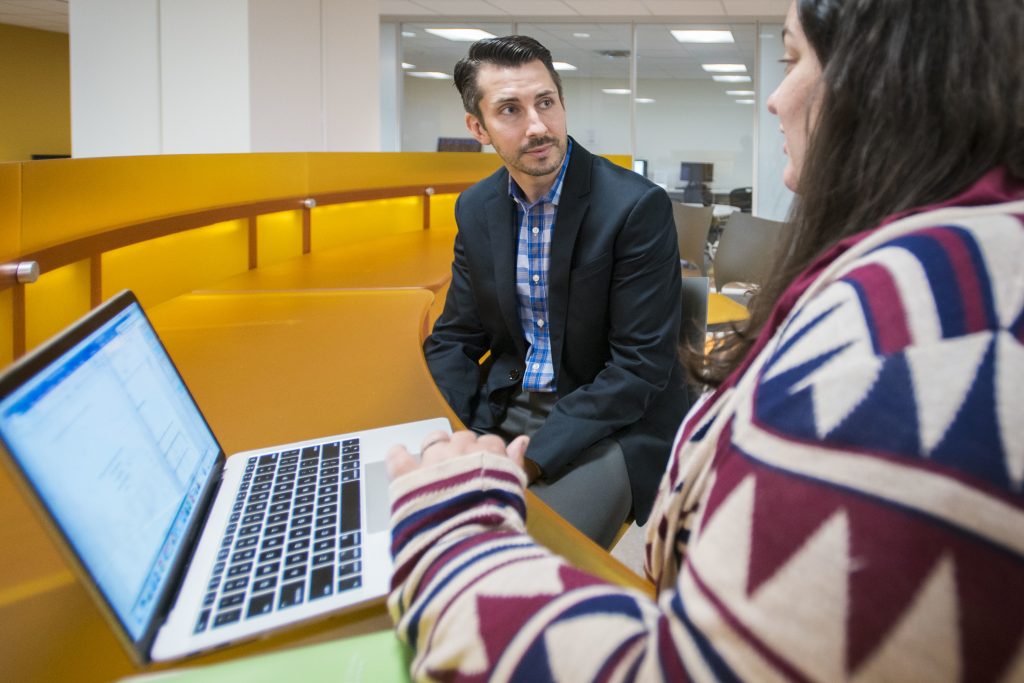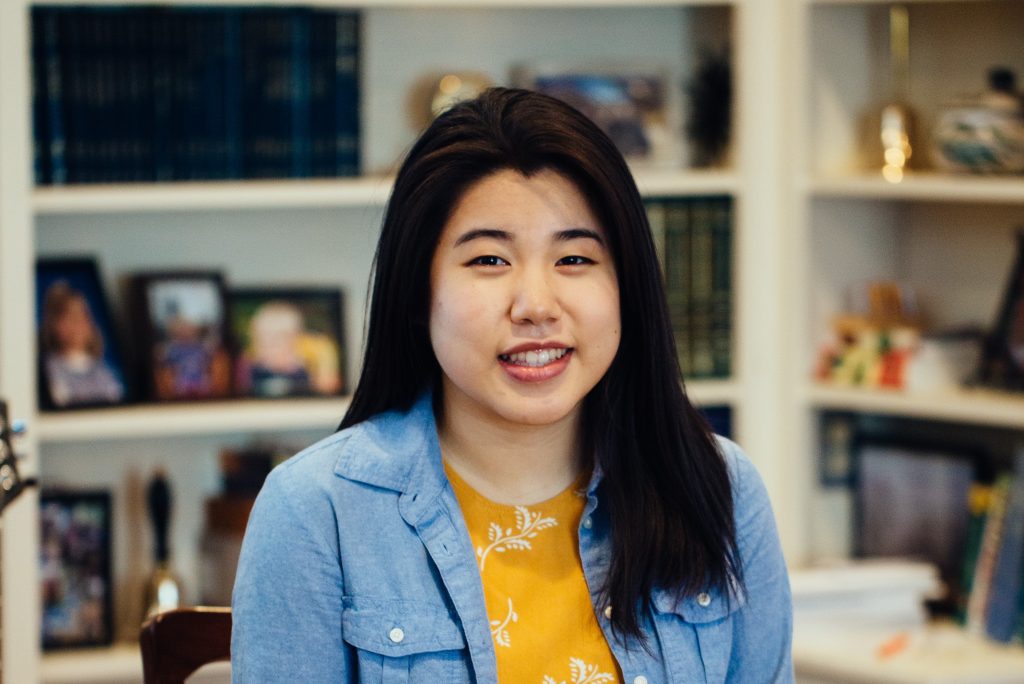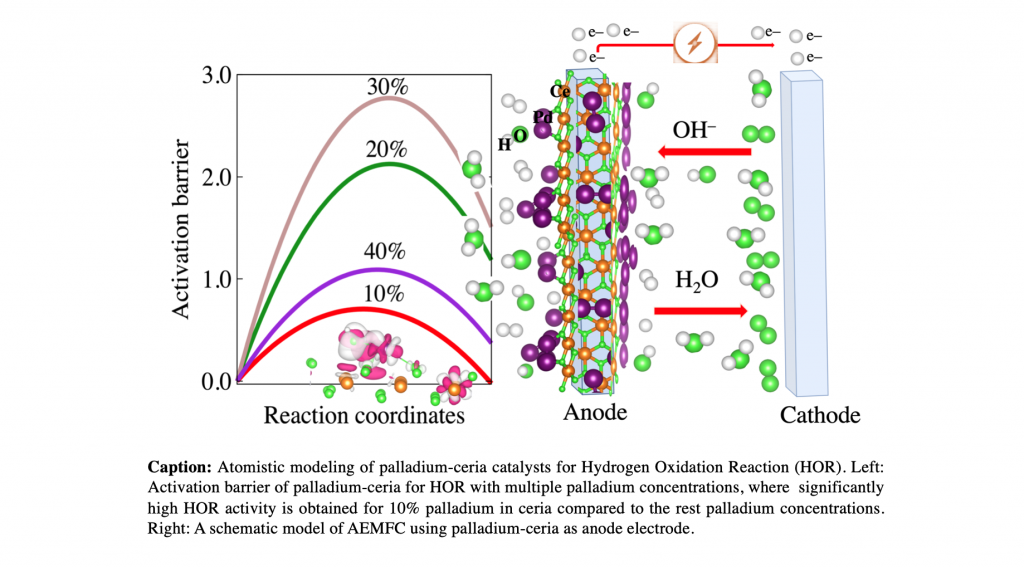Research & Discovery
Research: Flood Risk Behavior is Driven by Local Water Conditions, but Shaped by Race
'Some cities just live with risk' as flooding increases
March 18, 2021 | Elaina Hancock
There’s More Than One Way to Splice a Gene
UConn researchers are investigating how alternative splicing plays a key role in inflammation, a key part of the immune response.
Traffic is Down on American Highways During the Pandemic – But Vehicle Deaths Are Up
During the stay-at-home period, the incidence rate of fatal single-vehicle crashes increased 4.1 times
March 16, 2021 | Eric Jackson, Director of the Connecticut Transportation Safety Research Center and Marisa Auguste, Behavioral Research Assistant at the Connecticut Transportation Safety Research Center
How Marine Animals Could Be Used to Clean Up Nature’s Big Pollutant: Microplastics
'Nature's perfect filtering machines' to the rescue
March 15, 2021 | Eli Freund
Your Favorite Fishing Stream May be at High Risk From Climate Change – Here’s How to Tell
If communities can figure out where these streams will warm the most, they can plan for the future.
March 12, 2021 | Danielle Hare, Hydrogeologist and Graduate Research Assistant, Department of Natural Resources and the Environment
Q&A: College Success for Foster Youth
"Climbing a Broken Ladder: Contributors of College Success for Youth in Foster Care" author talks better support for foster youth
March 11, 2021 | Julie (Stagis) Bartucca '10 (BUS, CLAS), '19 MBA
Student Profiles in Pharmaceutical Research – Shipra Malik
Shipra Malik was selected for an oral presentation and a cash prize for the prestigious 2021 RNA Institute Mini-Symposium series.
March 10, 2021 | Karin Whiting Burgess
Student Profiles in Pharmaceutical Research – May Zhang
May's Honors thesis has been published in Biochemical Pharmacology.
March 10, 2021 | Karin Whiting Burgess
UConn-Technion Collaboration Develops Model for Affordable Fuel Cell Catalysts
UConn researchers and collaborators at Technion – Israel Institute of Technology developed a theoretical model that will expediate the development of affordable fuel cells, a key technology for sustainable energy.
Too Hot or Too Cold? UConn Researcher Finds ‘Goldilocks Problem’ in Child Welfare Decision-Making
A major tool widely used in child welfare decision-making - and the way agencies try to implement it - may be hindering social workers.
March 9, 2021 | Jaclyn Severance









